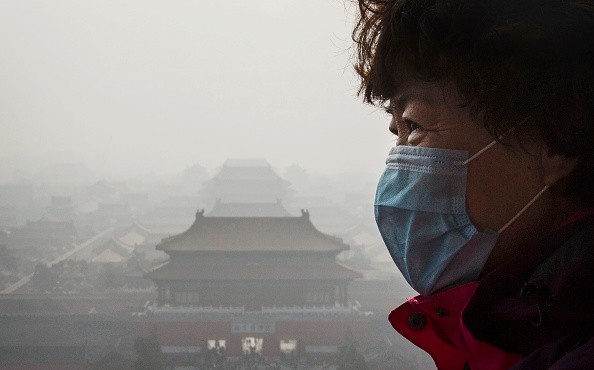Beijing's latest plan to curb air pollution by opening new "air corridors" will not bring the capital's smog to neighboring cities, said experts.
Concerns arose after the Beijing officials announced a plan to build air corridors by connecting large swathes of parks, rivers and green space across the city to improve airflow and disperse pollutants.
While the initiative gained support from local residents, people from neighboring regions, including smog-plagued Tianjin and Heibei Province, expressed worries that the pollutants might flow into their cities instead.
The opening of air corridors will improve not only horizontal but vertical airflow, which could effectively help disperse and dilute pollutants, Wang Gengchen, a research fellow at the Chinese Academy of Sciences' Institute of Atmospheric Physics, told the Global Times in a report posted on Thursday.
Five primary corridors will be constructed with 500 meters in width along with several secondary corridors more than 80 meters wide, according to the state-owned Xinhua News Agency. The corridors will run from north to south of Beijing, allowing northern winds to flow through the capital during winter where smog is as its most severe.
"The ventilation corridors have proven effective in relieving the urban heat island effect, facilitating air flow and alleviating air pollution," said He Yong, deputy director of the planning research department of the Beijing Municipal Institute of City Planning and Design. "The height and density of buildings will be strictly controlled within the planned corridors."
He added that tall or outdated buildings and dense blocks along the corridors, which can potentially obstruct air flow in the region, will be demolished over time.
Tests on the effect of air corridors have already begun in the Kunyuhe area of northwestern Beijing, said Xinhua.
The establishment of air corridors is part of a plan issued earlier in February this year by the National Development and Reform Commission and the Ministry of Housing and Urban-Rural Development to address climate change in China.



























